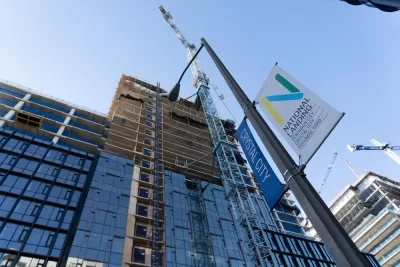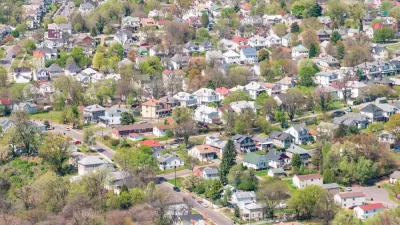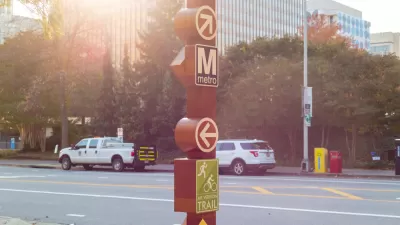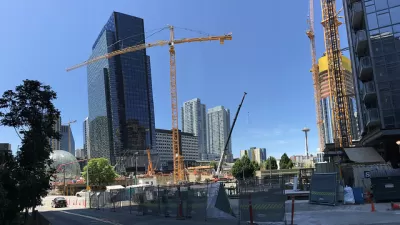Of the thousands of units Amazon has secured as part of its pledge to create affordable housing near its new headquarters, just over 200 are reserved for the lowest-income renters.

“Amazon sought to tamp down fears about displacing residents around its new Northern Virginia headquarters with a pledge last year to create and preserve thousands of affordable housing units in the D.C. area’s notoriously tight market.” But as Teo Armus reports, “For now, though, Amazon’s efforts will likely do little to move the needle for the region’s lowest-income residents, many of whom are already stretching their paychecks to make rent every month.”
Armus writes that “Of more than 4,100 units secured so far, just 215 will be set aside for residents who make 50 percent or less of the area median income.” Housing advocates worry that rising costs will push workers farther out from job centers, creating additional traffic and emissions as they are forced to commute longer distances.
In an interview, Catherine Buell, director of Amazon’s Housing Equity Fund, said the problem is too large for “even an Amazon” to solve on its own. “Amazon doesn’t own the affordable housing challenges, and governments are primarily responsible for managing the housing issues in their community. We’re here to be a partner.”
The article goes on to describe the difficult situations facing many workers in the region and similar efforts by other tech companies to create more affordable housing for their employees. “Some saw those efforts as a tacit recognition from these tech titans that they also needed to stabilize housing prices to attract their desired workforce. Homes in many parts of Silicon Valley have become prohibitively expensive even for well-paid software engineers, and Northern Virginia is not far behind.”
FULL STORY: Amazon’s $2B housing push has mostly left out D.C. area’s poorest

Trump Administration Could Effectively End Housing Voucher Program
Federal officials are eyeing major cuts to the Section 8 program that helps millions of low-income households pay rent.

Planetizen Federal Action Tracker
A weekly monitor of how Trump’s orders and actions are impacting planners and planning in America.

Ken Jennings Launches Transit Web Series
The Jeopardy champ wants you to ride public transit.

California Invests Additional $5M in Electric School Buses
The state wants to electrify all of its school bus fleets by 2035.

Austin Launches $2M Homelessness Prevention Fund
A new grant program from the city’s Homeless Strategy Office will fund rental assistance and supportive services.

Alabama School Forestry Initiative Brings Trees to Schoolyards
Trees can improve physical and mental health for students and commnity members.
Urban Design for Planners 1: Software Tools
This six-course series explores essential urban design concepts using open source software and equips planners with the tools they need to participate fully in the urban design process.
Planning for Universal Design
Learn the tools for implementing Universal Design in planning regulations.
Ada County Highway District
Clanton & Associates, Inc.
Jessamine County Fiscal Court
Institute for Housing and Urban Development Studies (IHS)
City of Grandview
Harvard GSD Executive Education
Toledo-Lucas County Plan Commissions
Salt Lake City
NYU Wagner Graduate School of Public Service





























